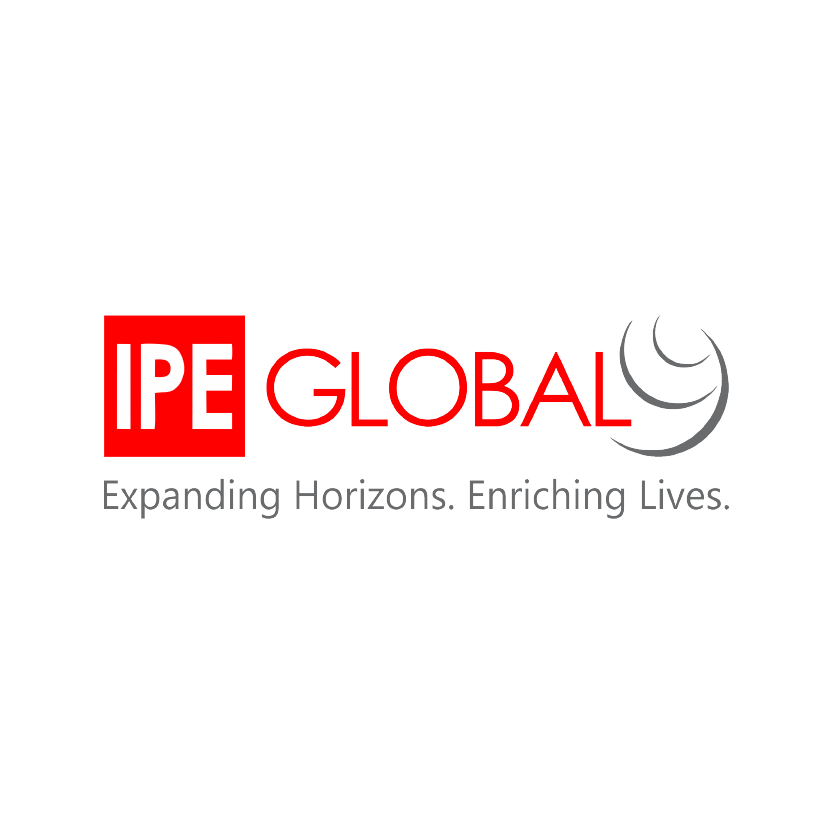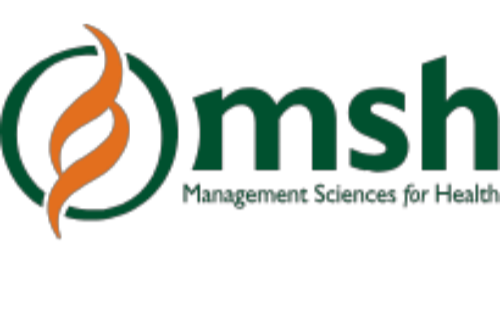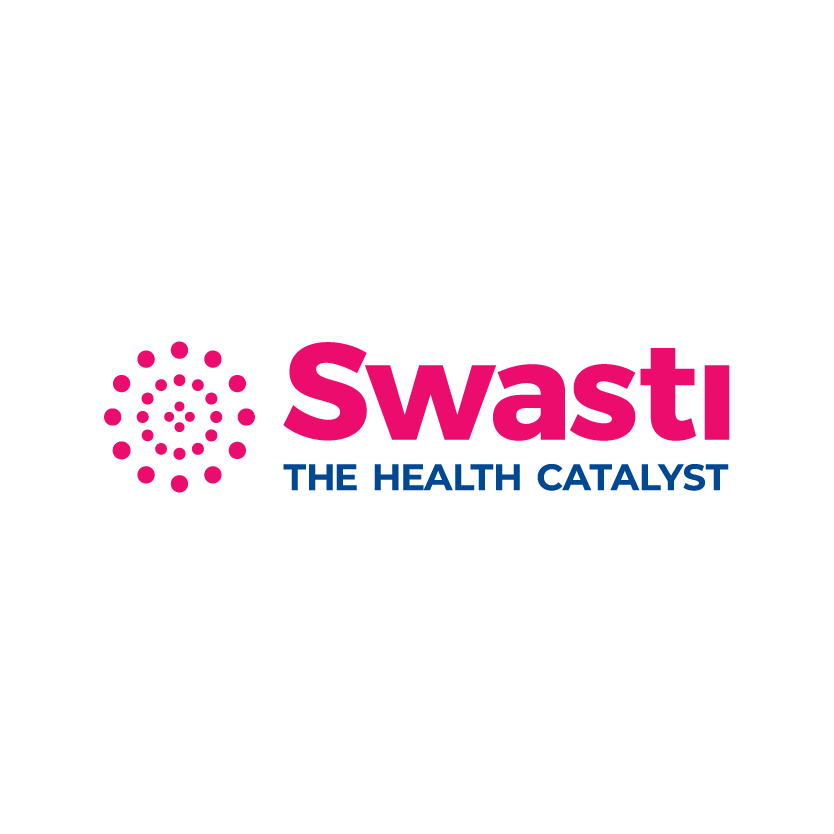

This section hosts guidelines, manuals and toolkits to strengthen public health practice.
Resources
FILTER
BY CATEGORY
View All
Environmental Dimensions of Antimicrobial Resistance
10 Apr 2022by United Nations Environment Programme 20 MIN READ
Antimicrobials, agents that are intended to kill or inhibit the growth of microbes, are widely used in healthcare as well as crop and animal production. Antimicrobial Resistance (AMR) occurs when these microbes become resistant to the treatments that they were once susceptible to. Biological and chemical pollutants, through human activities, enter the environment and can fundamentally influence the development, transmission, and spread of AMR. AMR is already a leading threat to global health and risks adversely affecting the environmental sustainability of the planet.
The United Nations Environmental Assembly (UNEA) in 2017 recognized the importance of the environment in the development and spread of AMR in humans and requested a report on the gaps in understanding these impacts and causes. This was followed by a consultative process engaging more than 50 stakeholders all over the world. The highlights of the full report, which will be released later, can be found in this paper here. Some of the key takeaways from the paper are
- By 2050, the
predicted mortality due to AMR is 10 million, equalling cancer’s
mortality in 2020 while the estimated loss in world’s GDP is 4%(due to AMR
directly).
A knowledge gap
exists in -
-Knowing the global
burden of AMR
-Relative importance
of various pollution sources and related procedural dynamics.
-Identification and
characterisation of risk to biodiversity and ecosystems.
-Better understanding
of roles of antimicrobials, aides such as metals and biocides and other
compounds such as microplastics in AMR.
- Dynamics between the trinity planetary challenge of climate change, biodiversity loss and pollution/waste.
-High temperatures
linked to increased antimicrobial resistant infections.
-Extreme climate
events and flooding cause wastewater-driven contamination.
-Greater pressure on
food systems pushing the need for large use of antimicrobials.
- AMR leads to oil biodiversity loss and diseases in animals, plants and humans, further requiring use of antimicrobials, thereby increasing selective pressure and AMR. This is known as negative feedback loop. A systems approach, such as “One Health”, is required to better understand this relationship.
- The way forward
includes identifying and targeting AMR relevant pollutants, enhanced
environmental governance and regulatory frameworks to improve reportage,
surveillance and monitoring. Further, financing needs to be prioritized for
innovation and capacity building.
Related File :
3609839707.pdfCategories
For policymakers

 EXPLORE DATA
EXPLORE DATA 



























